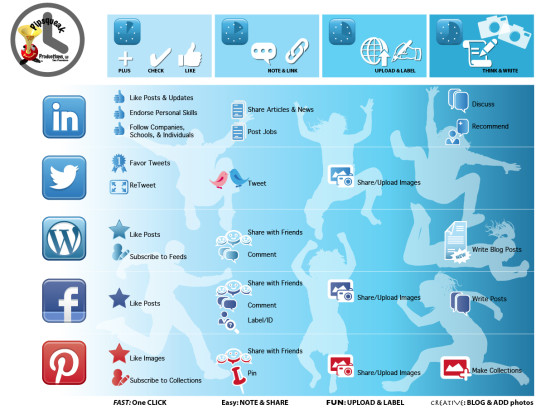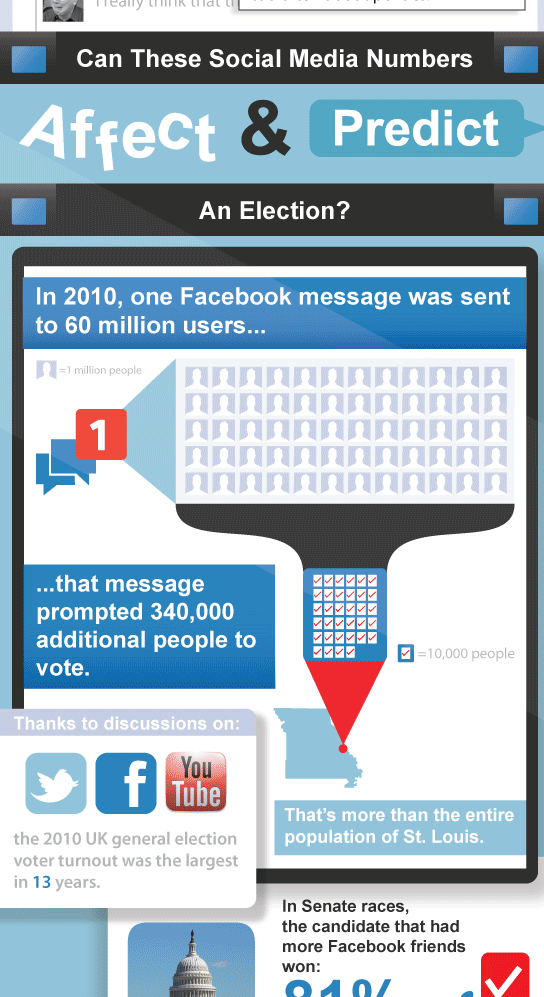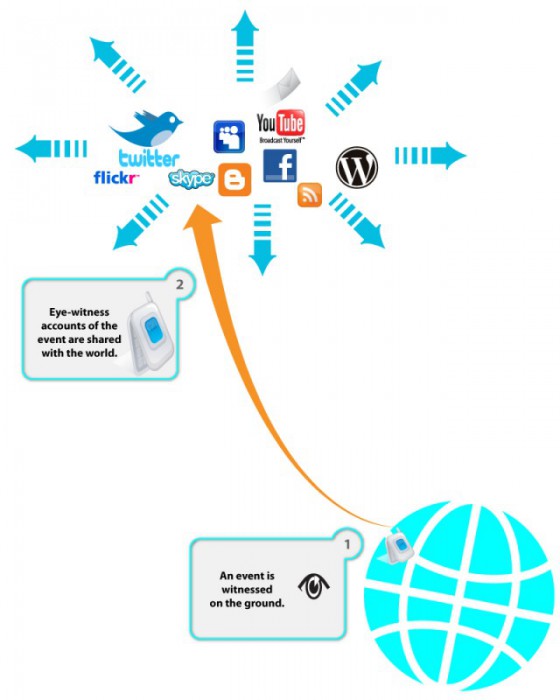
If you are running a small business, or a non-profit, or a school, marketing budgets tend to be very small. There’s just not a lot of money to spend. But institutions that are lacking in money can use time — of their volunteers, family, friends, staff, and students — to support their marketing and PR efforts and to generate some buzz about their organization, work, and services. The chart below focuses on just five media outlets: LinkedIn, Twitter, Facebook, Pinterest, and a blogging platform WordPress (other blogging SMS systems can be easily substituted). The idea is to spend time to continuously generate fresh and relevant-to-your-industry and audience content and then share it. Some things are very easy and don’t take much time: sharing articles and photos, tweeting and retweeting, liking and favoring, and pinning. Other activities take a bit more time: writing reviews and comments, creating galleries and image collections, etc. The hardest is blogging — this can take a lot of time and small organizations have to be careful how they allocate their time. But students and friends and volunteers can help. Used together, LinkedIn, Twitter, Facebook, Pinterest, and an organization blog, can form a powerful do-it-yourself marketing strategy:



